45Wheelgun
Administrator
I picked this gun up this week. It was sold to me as a Doug Turnbull restoration of a New York State Model.
The gun shares the following characteristics with a New York State Model - No serial number, 50-70 Caliber (I was told this, there are no markings), locking-action (with half-cock safety), "Tall" hammer, breechblock spur protrudes horizontally, shield-shaped checkering on hammer and spur, Sling swivel on trigger guard, three barrel bands, a 36" barrel and 51.5" OAL.
All seems good right? The issue I have is that the last patent date is 1874 which is a year after the last order for the state. From what I have been able to find online the last patent date should be 1871.
So if it isn't a New York State Model - what is it?
Some pictures:
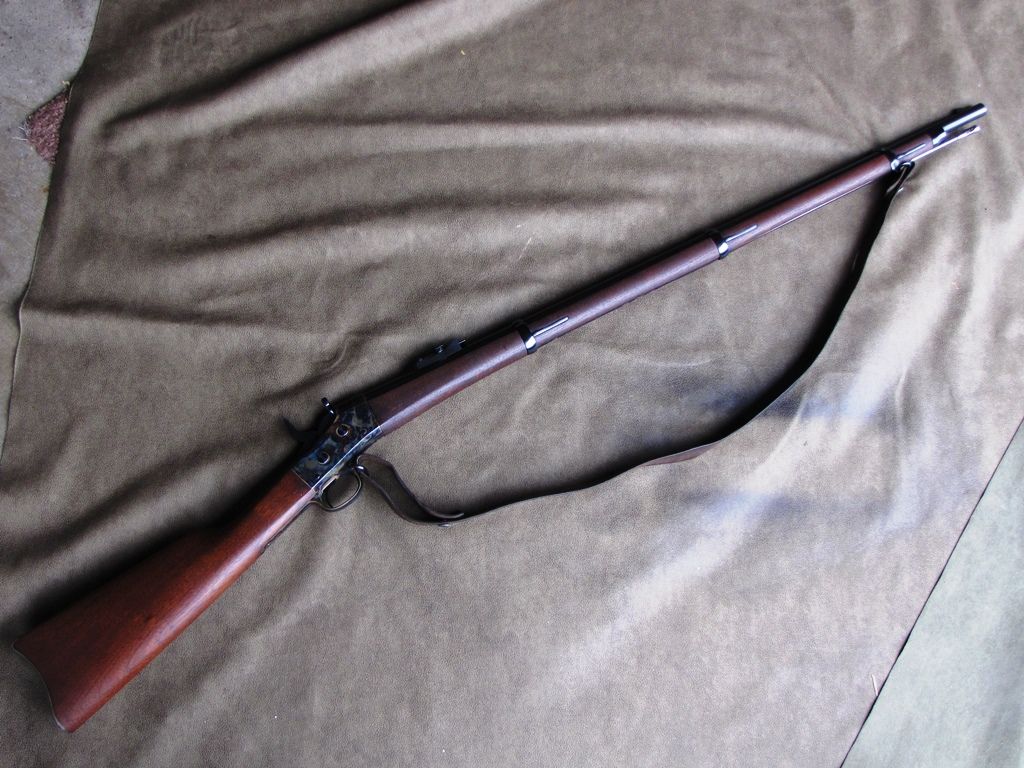
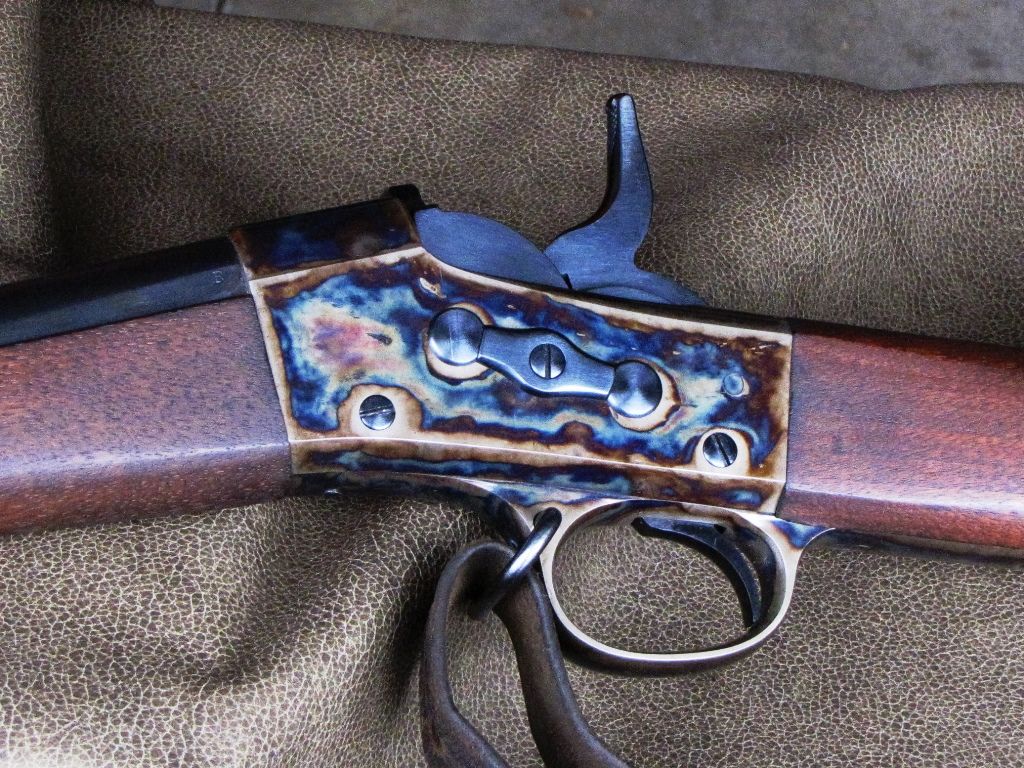
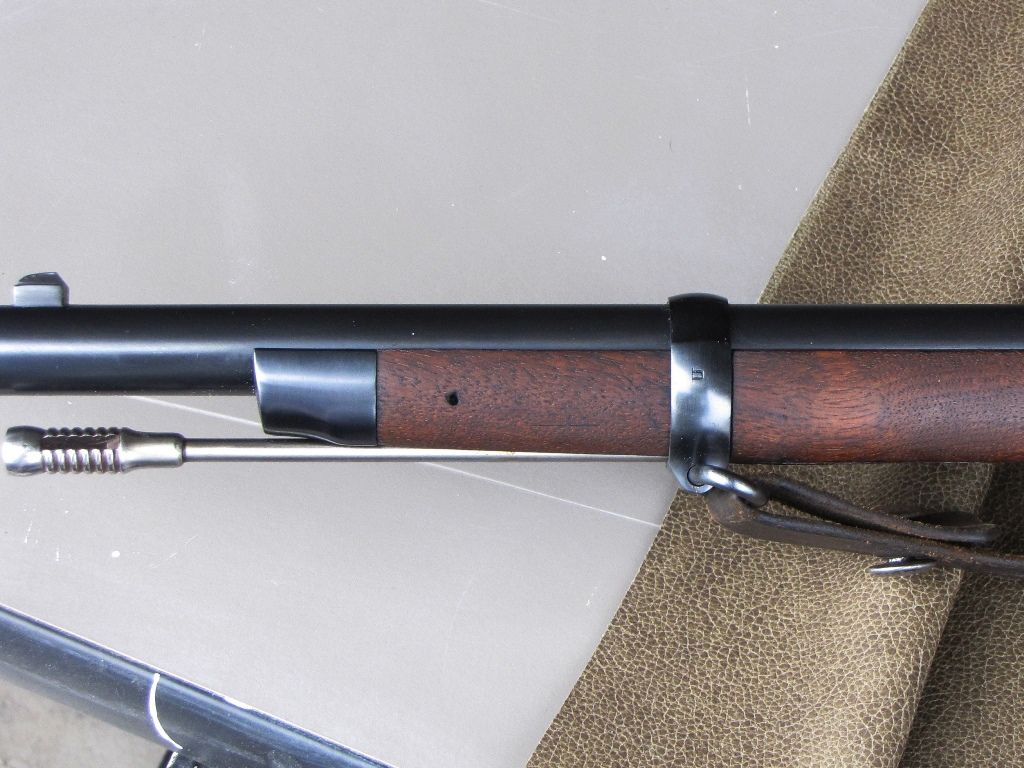
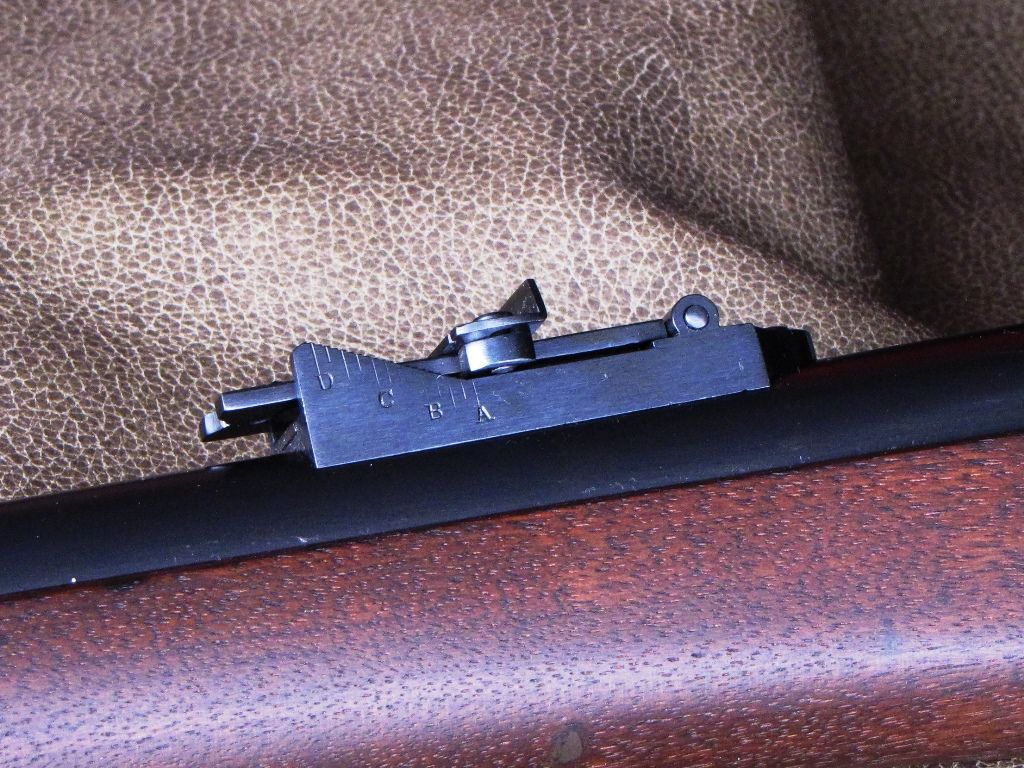
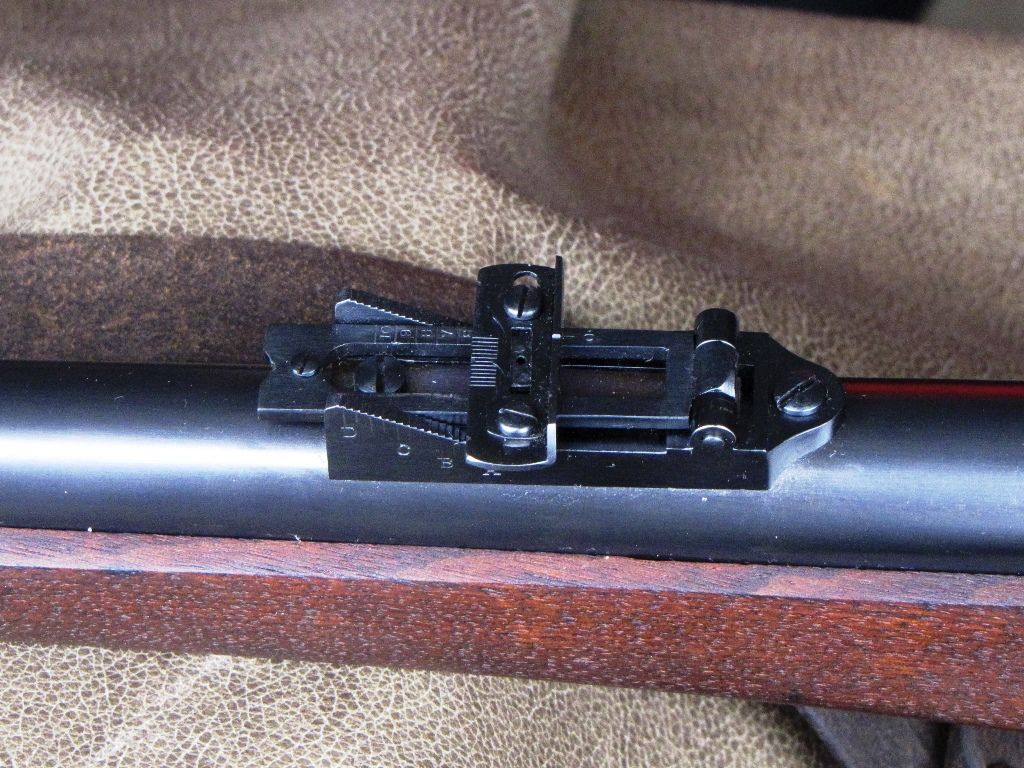
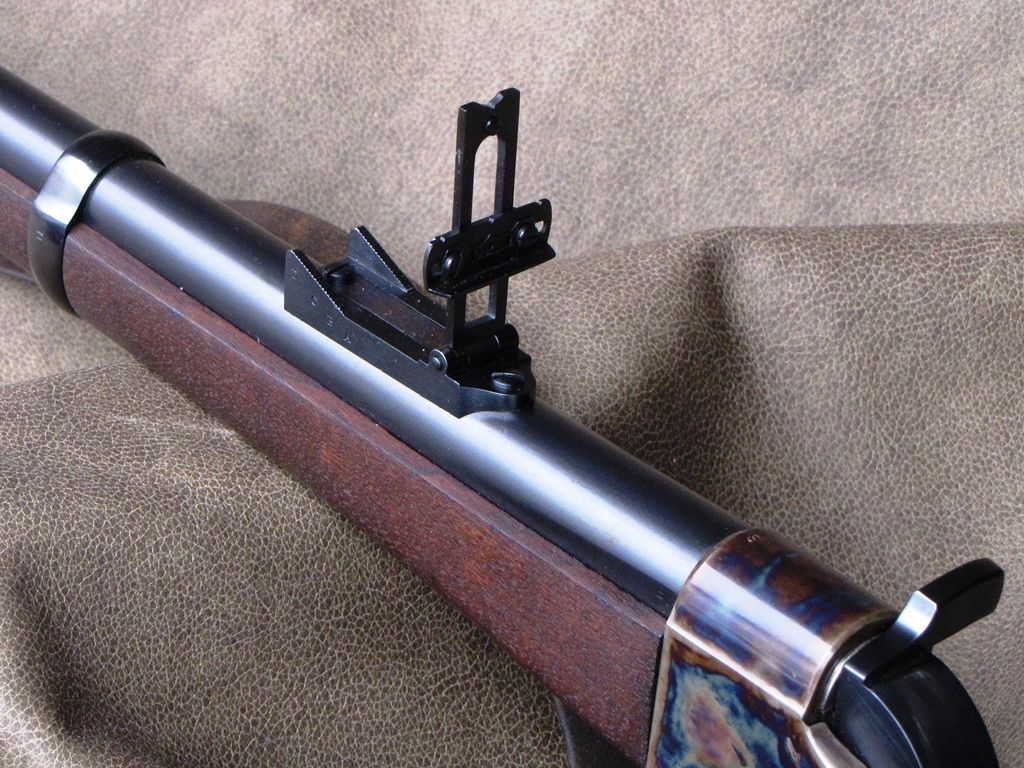
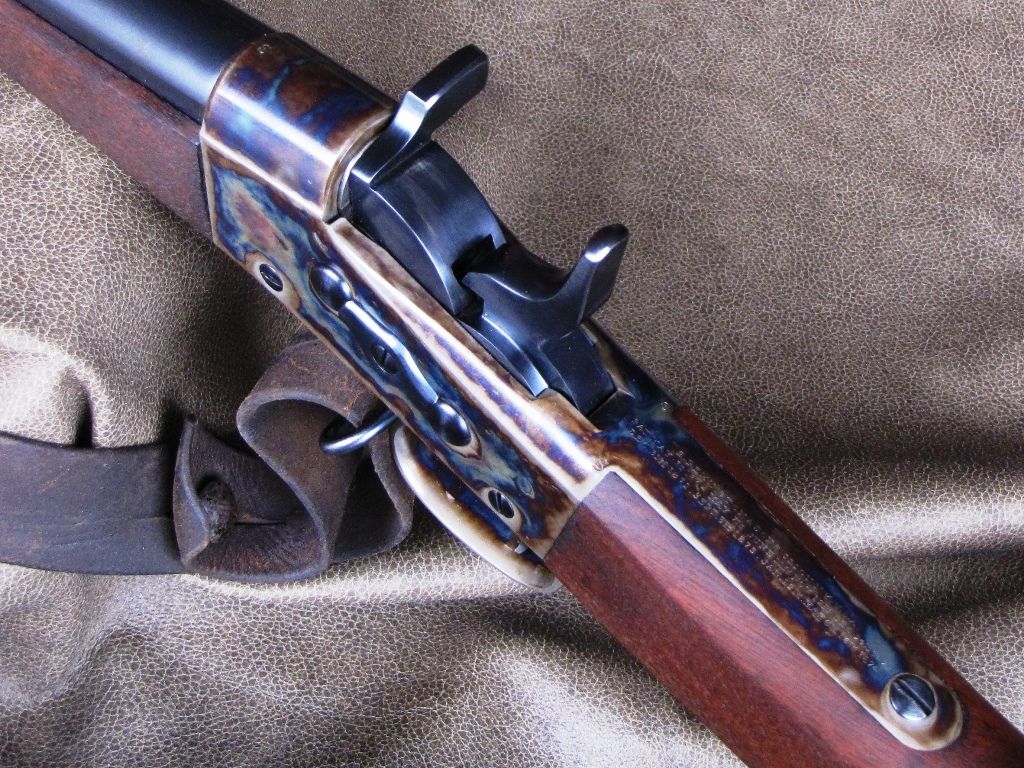
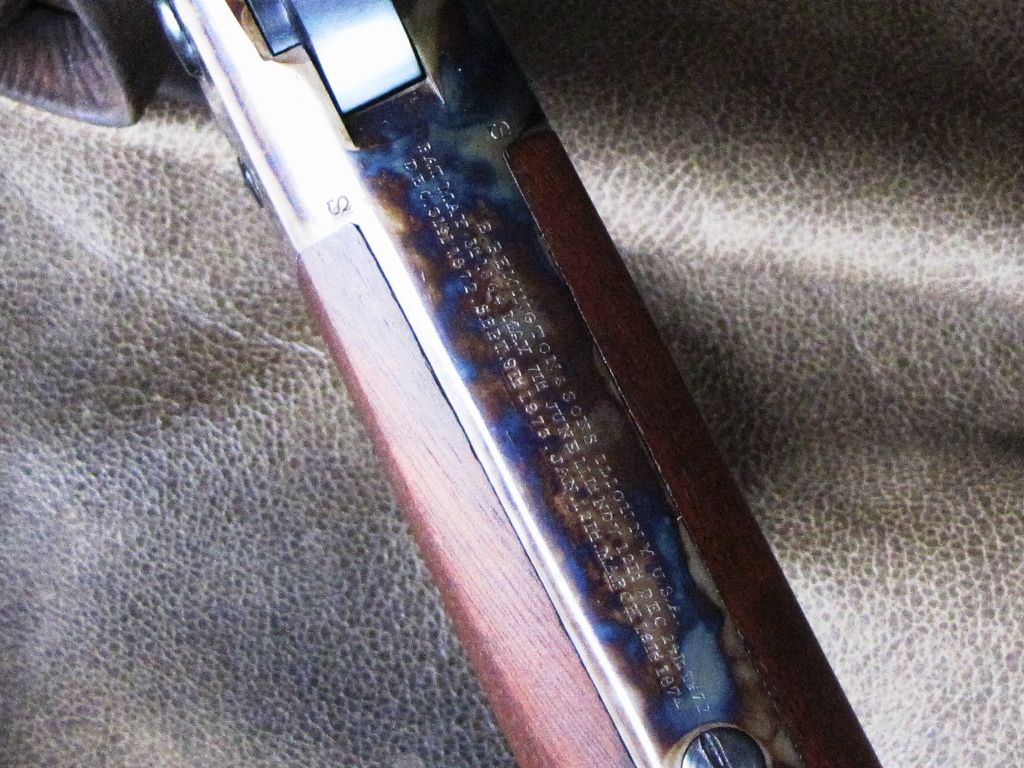
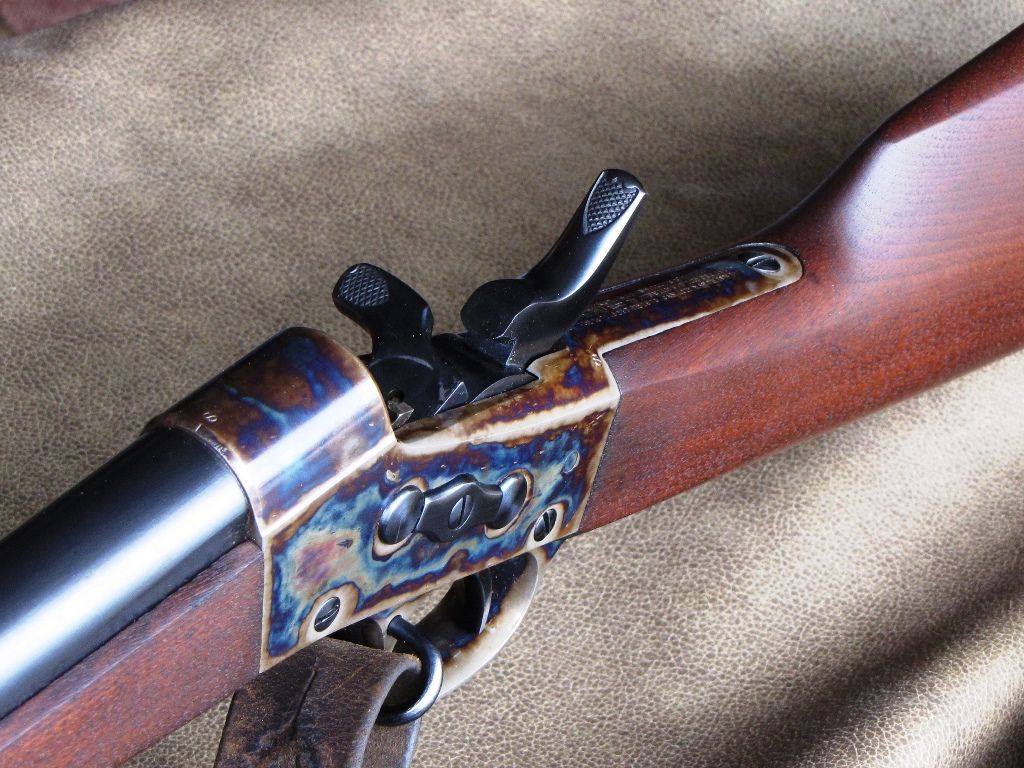

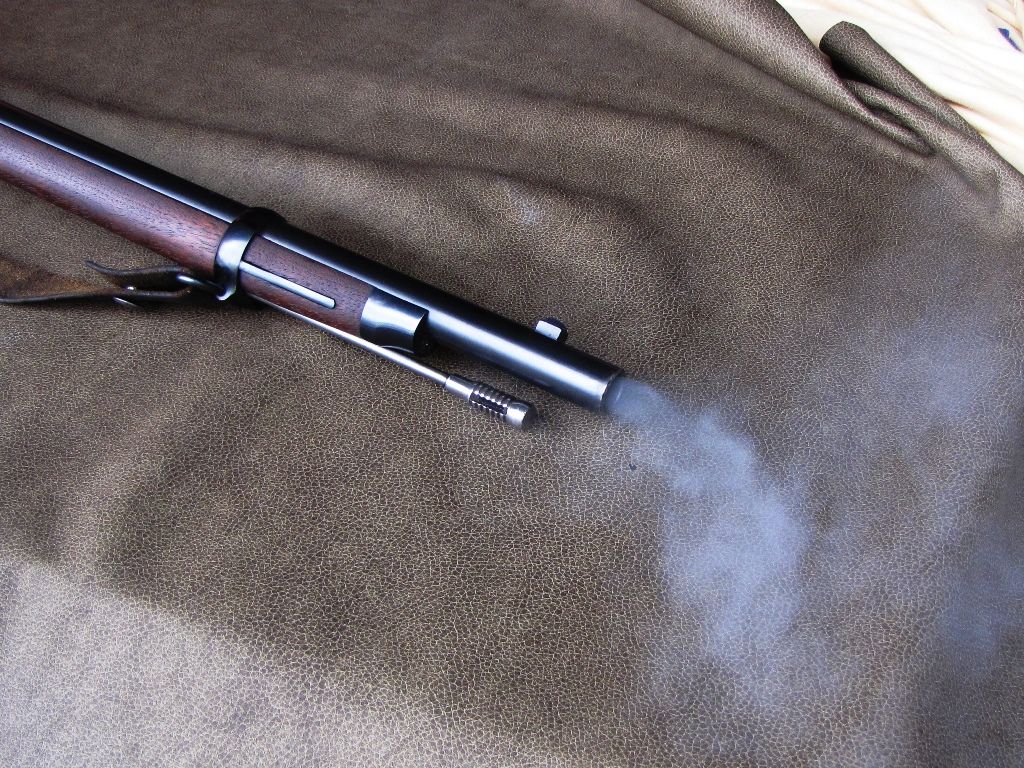
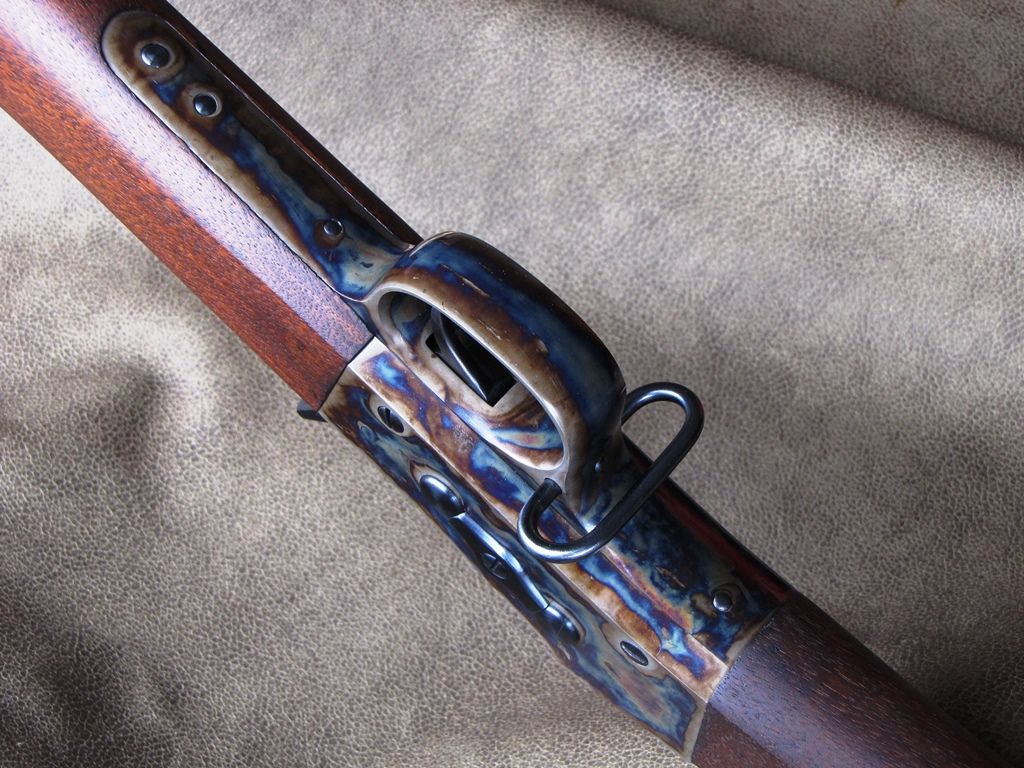
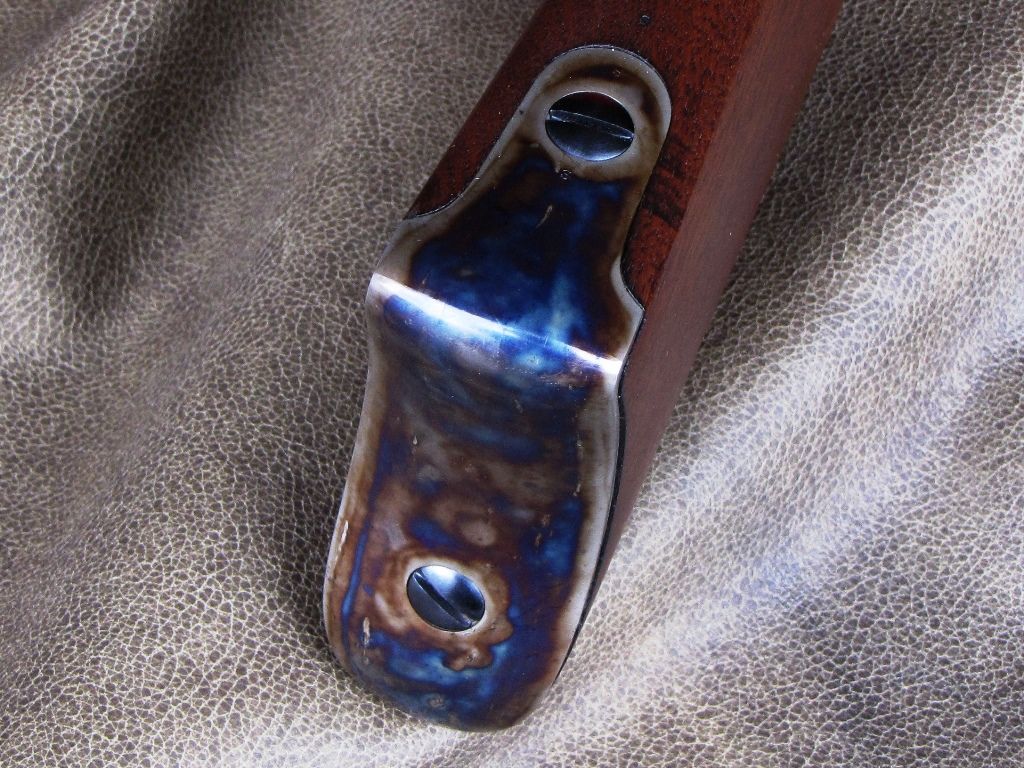
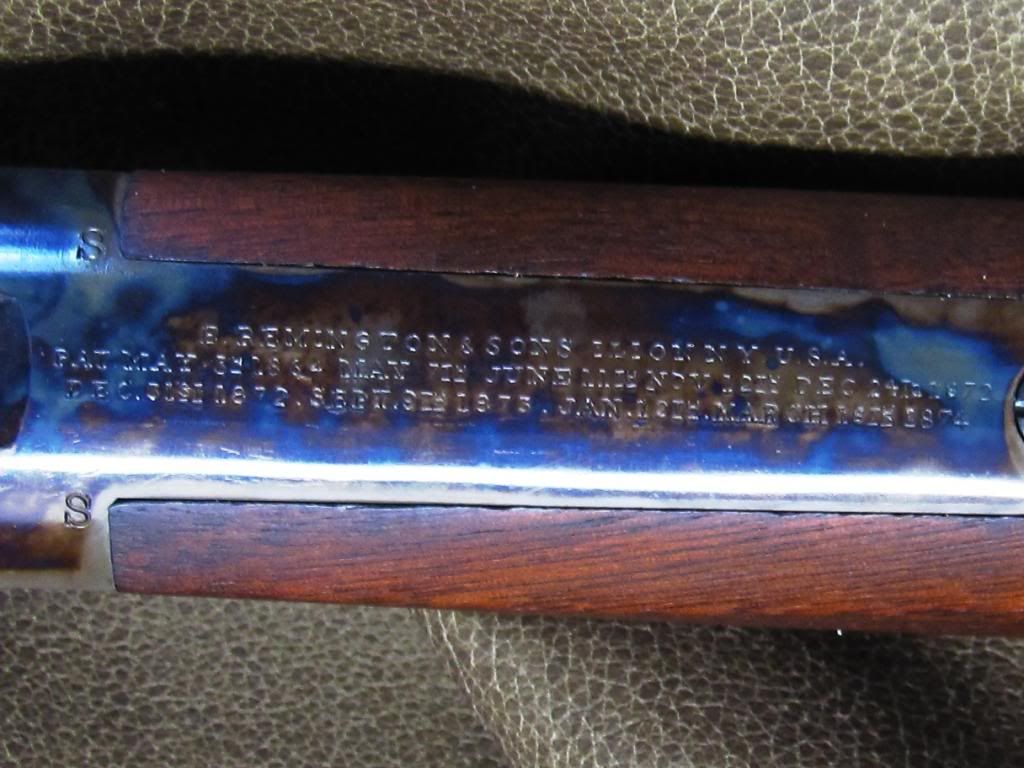
The gun shares the following characteristics with a New York State Model - No serial number, 50-70 Caliber (I was told this, there are no markings), locking-action (with half-cock safety), "Tall" hammer, breechblock spur protrudes horizontally, shield-shaped checkering on hammer and spur, Sling swivel on trigger guard, three barrel bands, a 36" barrel and 51.5" OAL.
All seems good right? The issue I have is that the last patent date is 1874 which is a year after the last order for the state. From what I have been able to find online the last patent date should be 1871.
So if it isn't a New York State Model - what is it?
Some pictures:














